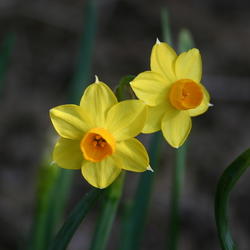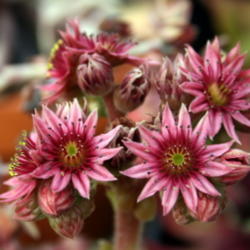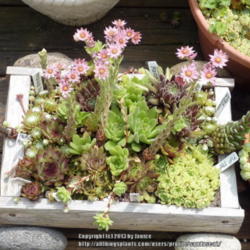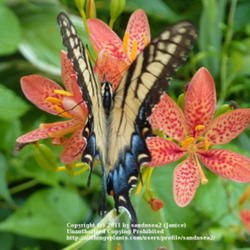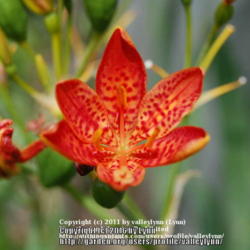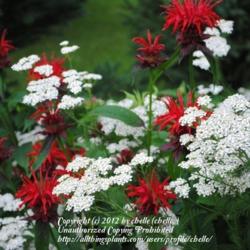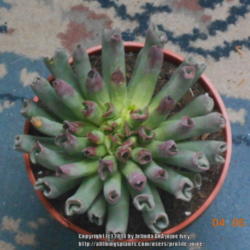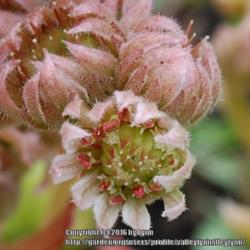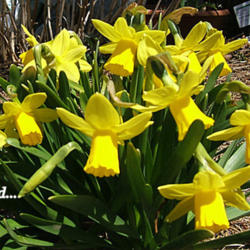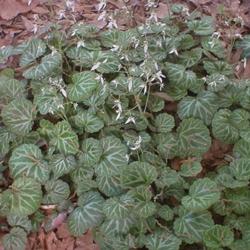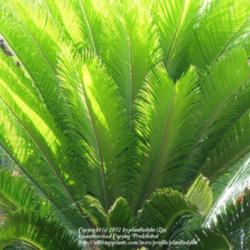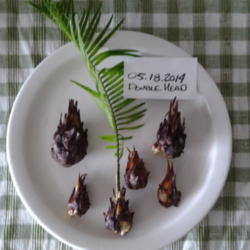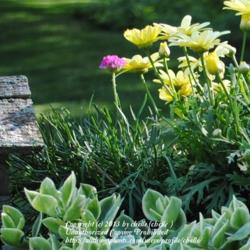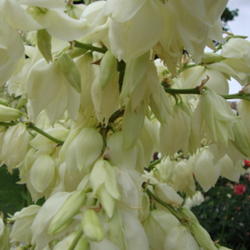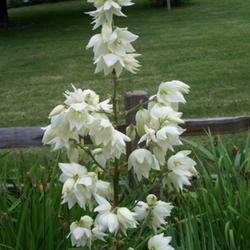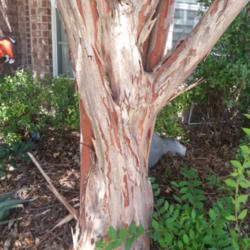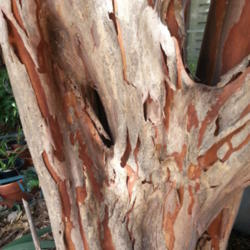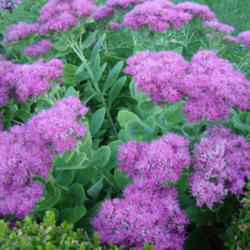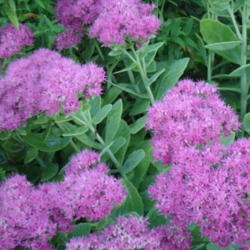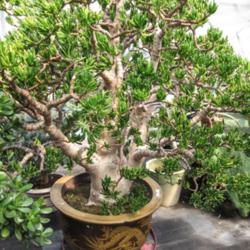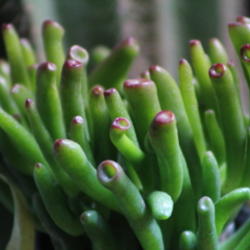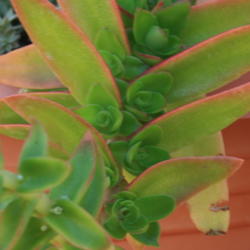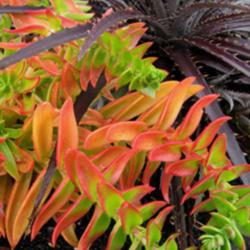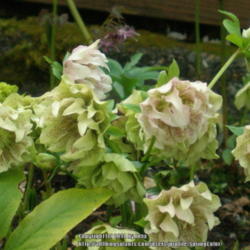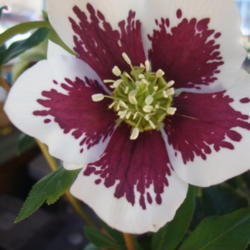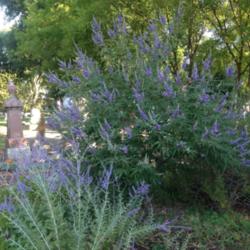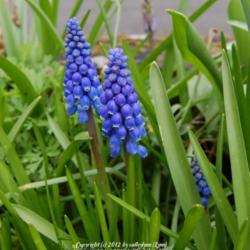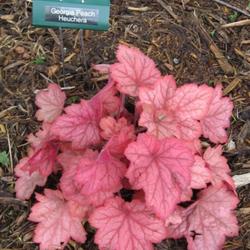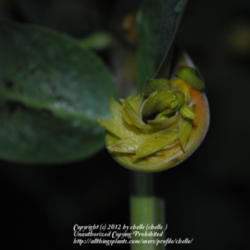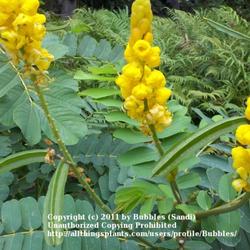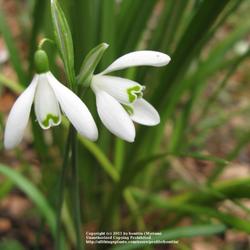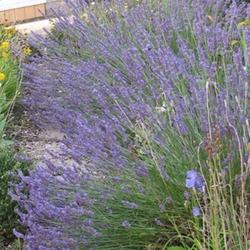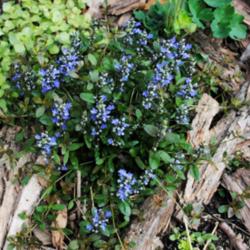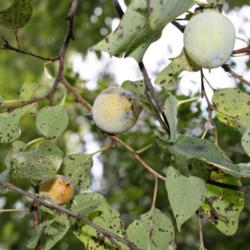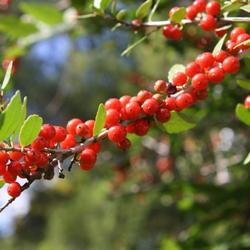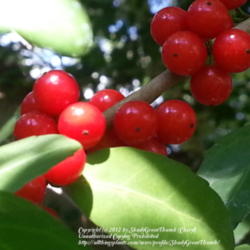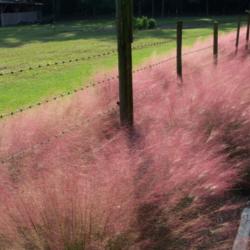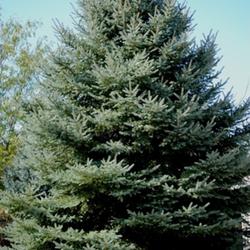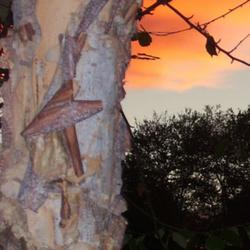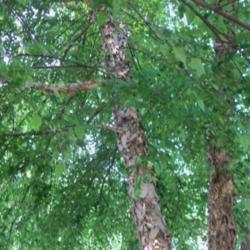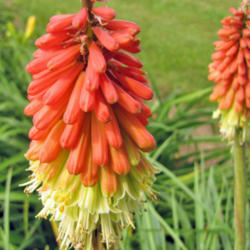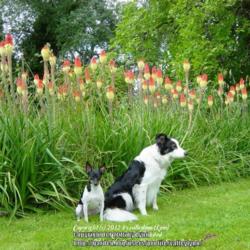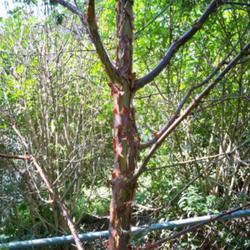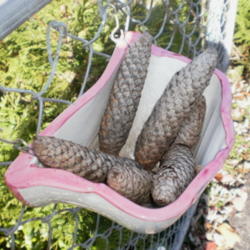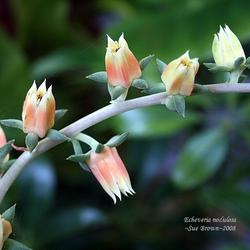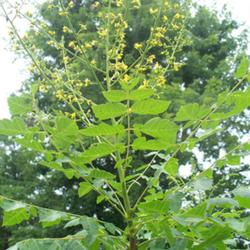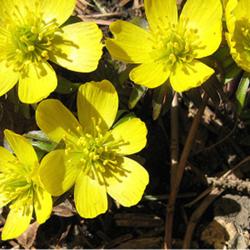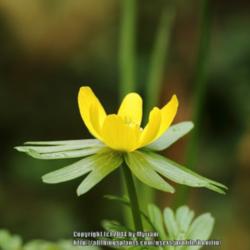#36: Persimmon (Diospyros virginiana)
@flaflwrgrl says, "The tree prefers light, sandy, well-drained soil, but will grow in rich, southern, bottom lands. It can be grown in northern Ohio only with the greatest of care, and in southern Ohio its fruit is never edible until after frost.
The tree is greatly inclined to vary in the character and quality of its fruit, in size this varies from that of a small cherry to a small apple. Some trees in the south produce fruit that is delicious without the action of the frost, while adjoining trees produce fruit that never becomes edible.
The fruit is high in vitamin C. The unripe fruit is extremely astringent. The ripe fruit may be eaten raw, cooked or dried. Molasses can be made from the fruit pulp. A tea can be made from the leaves and the roasted seed is used as a coffee substitute. Other popular uses include desserts such as persimmon pie, persimmon pudding, or persimmon candy.
The fruit is also fermented with hops, cornmeal or wheat bran into a sort of beer or made into brandy. The wood is heavy, strong and very close-grained and used in woodturning.
Fruit: A juicy berry containing one to eight seeds, crowned with the remnants of the style and seated in the enlarged calyx; depressed-globular, pale orange color, often red-cheeked; with slight bloom, turning yellowish brown after freezing. Flesh astringent while green, sweet and luscious when ripe.
Be careful not to plant a persimmon tree where the fruit will fall on a walkway, patio or driveway as they can make a sticky mess!"
